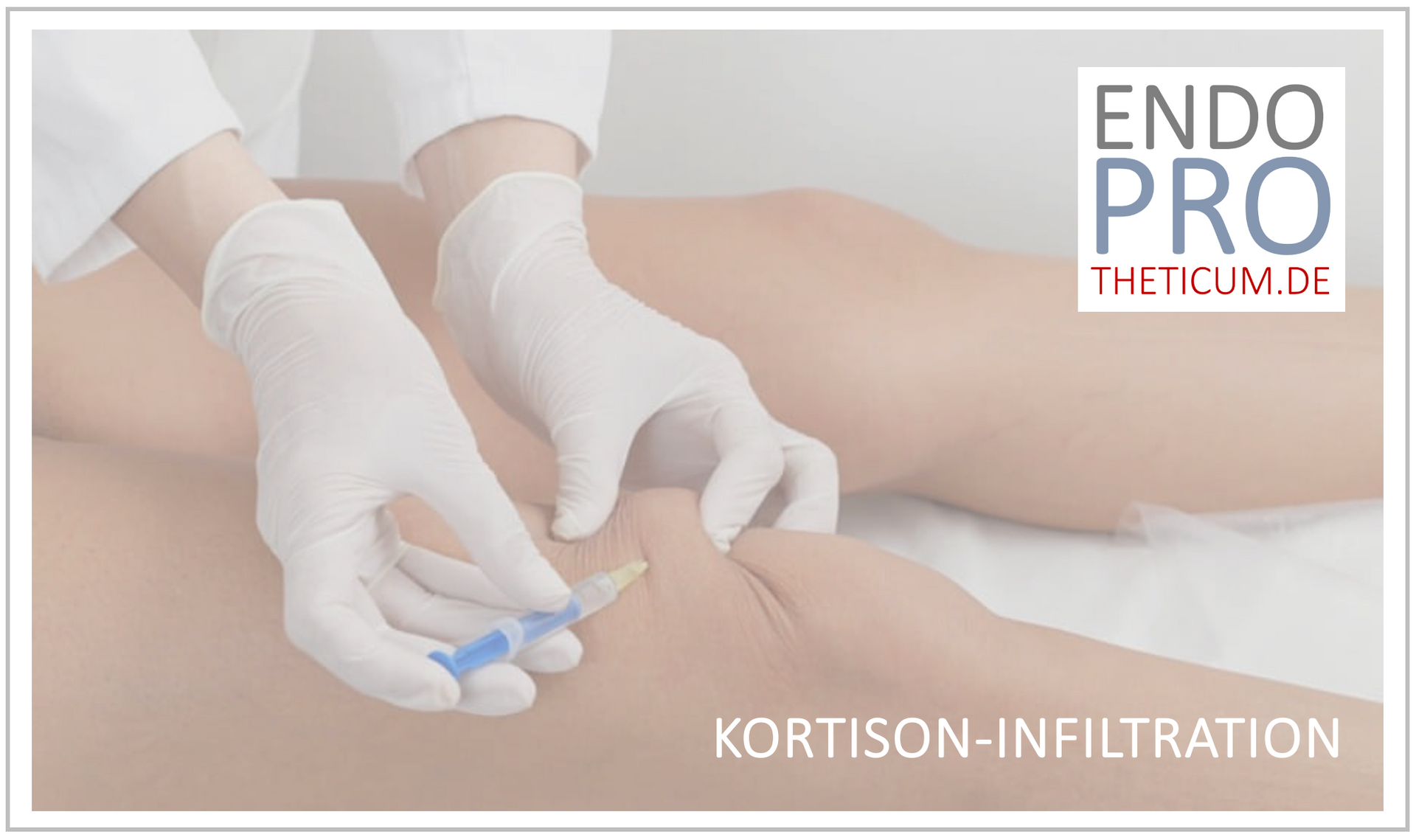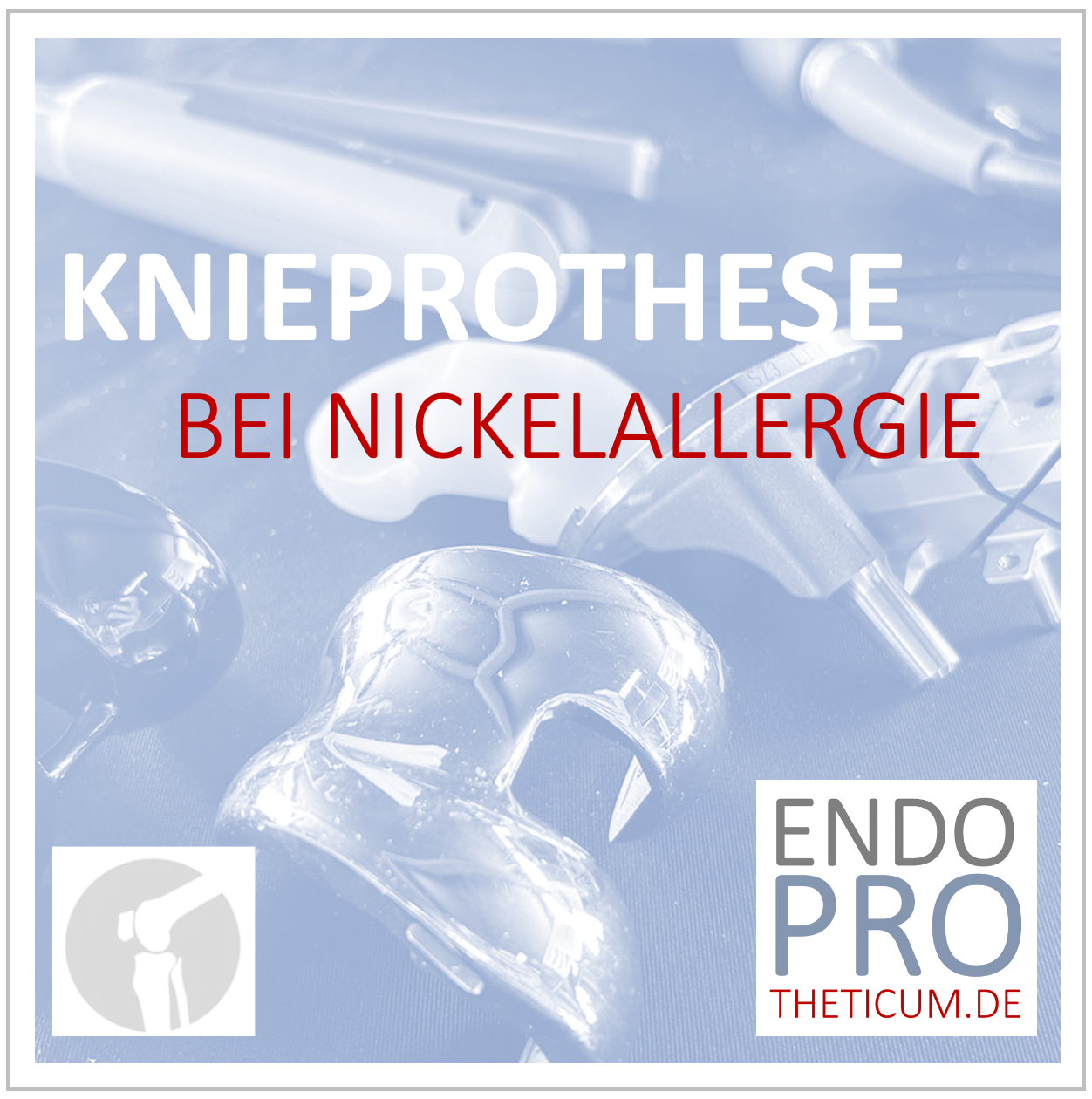Don't be afraid of the steps! - Stair walking after joint replacement (hip replacement, knee replacement)
Stair running after joint replacement: Back to an active life

For many patients, joint replacement, whether of the hip (TKA) or knee (TKA), is an important decision for a better quality of life. But walking up stairs can be a scary topic after the operation. However, with the right technique, sufficient training and a little patience, stairs can be managed safely and painlessly. In this blog, you'll learn how to safely and effectively climb stairs - both up and down - after joint replacement.
Why is walking up stairs a challenge after joint replacement?
Hip and knee strain on stairs
Climbing stairs requires a combination of muscle strength, coordination and stability. After a joint replacement, the operated joints are not yet fully used to stress, so insecurities and muscle deficits can lead to difficulties.
Reasons for insecurity when climbing stairs:
- Muscle loss due to surgery : The muscles around the hips and knees may be weakened by the procedure.
- Loss of coordination : Movement sequences have to be relearned after the operation.
- Fear of pain or falling : Many patients are insecure and are afraid to put full strain on their joints.
Basic requirements for safe climbing stairs after joint replacement
Full load – an important basis
After implantation of a hip or knee prosthesis, immediate full weight bearing recommended. It is crucial that the new joint is stable and no medical complications occur.
Physiotherapy is key
Support from physiotherapists is essential. These train specifically:
- Balance and stability
- Building muscle around the hips and knees
- Correct techniques for climbing stairs
Techniques for climbing stairs after hip and knee replacements
Climbing stairs – step by step
When climbing up, the healthy or more resilient leg should take the first step:
- Start : Stand securely on the lowest step and hold onto the railing.
- Step Up : Raise the healthy leg first to the next level.
- Retightening : The operated leg is retightened to the same level.
- Repeat : Repeat evenly until the stairs are conquered.
Tips for climbing stairs:
- Maintain a straight posture and avoid taking too long steps.
- Use the railing to stabilize your balance.
- Place your feet in a controlled manner to avoid stumbling.
Descending stairs – gradual relief
Climbing downwards requires more control because the downward movement shifts more weight to the operated joint:
- Starting position : Stand on the upper step with the operated leg.
- Descent : The operated leg goes first to the step below.
- Follow suit : The healthy leg follows.
- Repeat : In even movements all the way down.
Tips for descending stairs:
- Keep the railing within easy reach.
- Take your time - hasty movements lead to instability.
- Don't go easy on yourself; the joint has to get to know the load.
Both crutches in one hand when walking up stairs
Holding both crutches in one hand while walking stairs is a common method that offers patients more stability while leaving the other hand free to hold onto the stair railing. This technique is particularly helpful for mobilization after a THA or TKA. This is how it works:
- Positioning the crutches : Place both crutches on the side where there is no railing. Hold the first crutch as usual. Hold the second crutch in the same hand on the middle bar so that the crutches are at right angles to each other. This means you can easily take both crutches with you when climbing up or down.
- Free hand on the railing : Grip the stair railing firmly with your other hand. The railing offers additional stability and ensures safety with every step.
Common mistakes when climbing stairs and how to avoid them
- Progress too fast : Climbing stairs should be increased slowly in the first few weeks.
- Incorrect loading : Even loading prevents poor posture.
- Avoiding assistive devices : Ignoring walking aids or railings increases the risk of falls.
Tips for everyday life with joint replacement (THA, TKA)
Proper footwear
Choose shoes with sturdy soles to promote balance.
Regular training
Climbing stairs is a muscle workout - the more you practice, the easier it becomes.
Document progress
Record your progress to motivate yourself with the positive changes.
Psychological aspects of climbing stairs
Overcoming fear
Many patients fear climbing stairs after the operation. With support from family or therapists, this fear can be overcome.
Celebrate successes
Every step overcome is a step towards independence.
Avoid shock loads when walking up stairs:
Important measure for cement-free implants
When implanting cementless hip prostheses, the uncomplicated ingrowth of the bone into the surface structure of the prosthesis plays a crucial role. This process, known as osseointegration, allows for long-term stability and function of the implant. In order not to jeopardize this healing process, shock loads should be consistently avoided in the first few weeks after the operation. Heavy treading can cause micro-movements between the prosthesis and the bone, which can impede ingrowth and increase the risk of loosening. This should also be taken into account when walking up stairs.
Conclusion – Don’t be afraid of the steps!
With proper technique, patience, and a solid rehab plan, stair walking after joint replacement will become an important part of your recovery. Thanks to the achievements of modern endoprosthetics, climbing stairs is usually no longer a problem and the first step up stairs usually occurs on the first day after the operation. Follow your therapist’s tips and instructions and make progress step by step – in the truest sense of the word.
MAKE AN APPOINTMENT?
You are welcome to make an appointment either by phone or online .



























